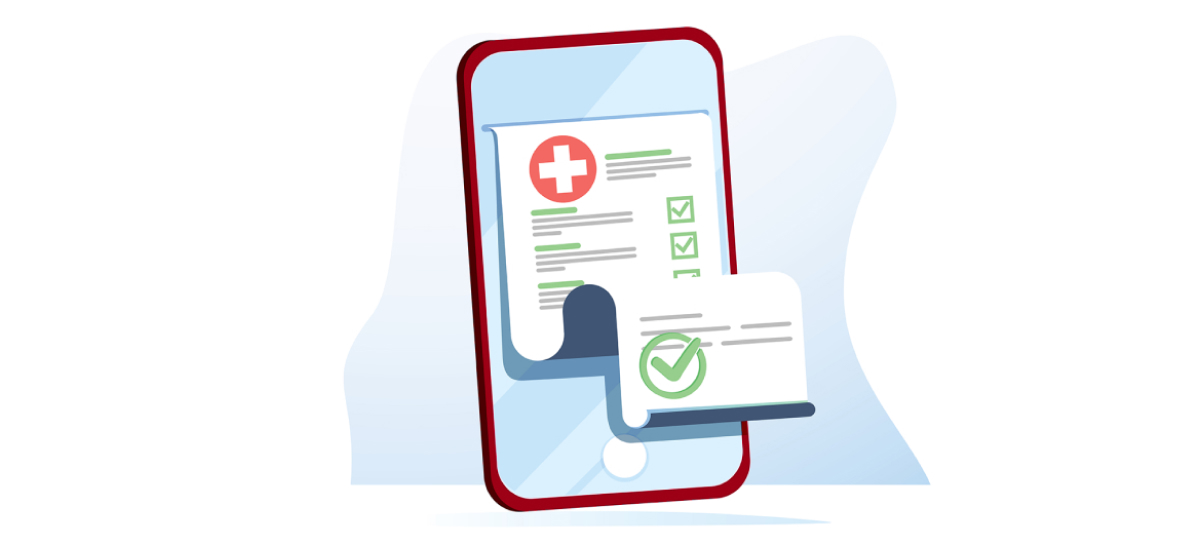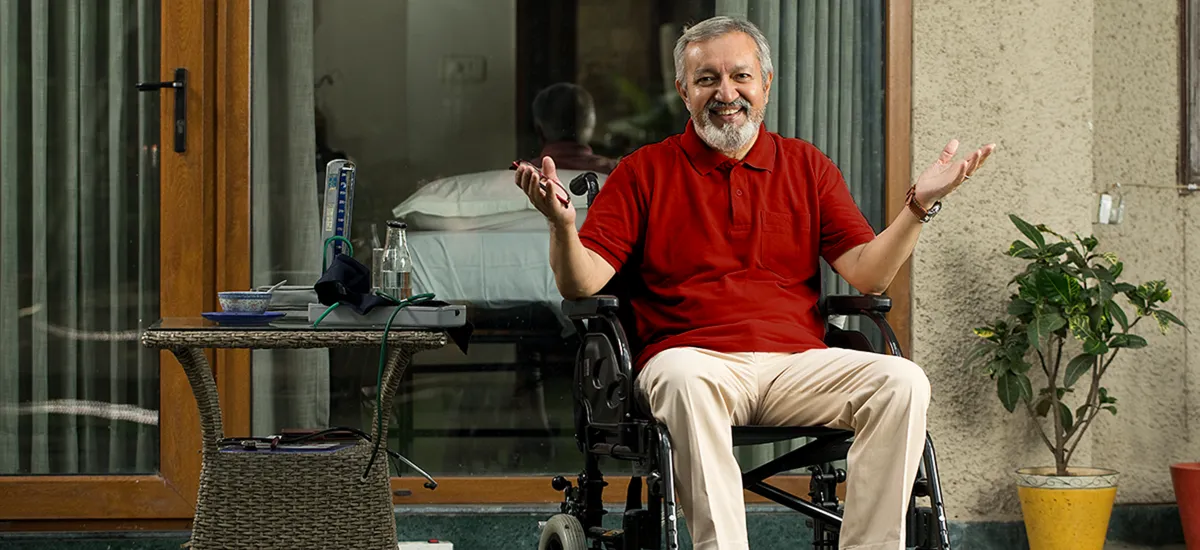As healthcare costs continue to rise in India, having reliable health insurance coverage is more important than ever. However, with both private medical insurance and government health schemes available, it can be challenging to determine which option best suits your needs.
Whether you're exploring coverage for the first time or reassessing your current plan, this article breaks down what you need to know to navigate your healthcare choices with confidence.
Understanding government health insurance schemes
Government health insurance schemes are initiatives launched by the Indian government to provide affordable healthcare access to its citizens. These plans primarily focus on preventive and curative care, offering basic healthcare services at little to no cost. Some prominent government health insurance schemes in India include:
1. Ayushman Bharat Pradhan Mantri Jan Arogya Yojana
2. Aam Aadmi Bima Yojana (AABY)
3. Central Government Health Scheme (CGHS)
4. Chief Minister's Comprehensive Insurance Scheme
5. Aawaz Health Insurance Scheme
Read more : Aam Aadmi Bima Yojana (AABY)
Central Government Health Scheme (CGHS)
These schemes aim to ensure public health and well-being, particularly for vulnerable sections of society.
Exploring private health insurance plans
Private medical insurance plans are purchased by individuals directly from health insurance companies. These plans offer tailored coverage options based on personal healthcare needs and preferences. While generally more expensive than government schemes, private plans provide the flexibility to customise coverage according to individual requirements.
Private health insurance can be further categorised into:
1. Employer-Provided Insurance
2. Individual Insurance (Purchased through marketplace)
Employer-provided plans are often more affordable due to the employer's contribution, while individual plans allow for greater customisation based on specific health needs and budget.
Key differences between government and private health insurance
When comparing government health insurance and private medical insurance, several key differences emerge:
Aspect
|
Government Health Insurance
|
Private Medical Insurance
|
Coverage
|
Basic preventive and curative care
|
Primary and advanced coverage, including specialised services
|
Cost
|
Free or highly subsidised
|
More expensive, but customisable
|
Reach
|
Designed for both urban and rural populations
|
Primarily concentrated in urban regions
|
Eligibility
|
Based on factors like income, demographics, and employment status
|
No specific eligibility criteria, as long as premiums are paid
|
Claim Process
|
Can be slower and more bureaucratic
|
Generally faster and more straightforward
|
Understanding these distinctions is crucial when deciding between government and private health insurance plans.
Pros and cons: Which one works best for you?
Both government health insurance and private medical insurance have their advantages and drawbacks. Let's examine the pros and cons of each:
Government health insurance pros:
· Universal accessibility: Available to a wide segment of the population, especially low-income and vulnerable groups, ensuring basic healthcare coverage for all.
· Cost-effectiveness: Offered at minimal or no premium, making it affordable for families who cannot bear the high cost of private insurance.
· Emphasis on preventive care: Focuses on public health initiatives such as vaccinations, maternal care, and disease screenings, reducing long-term healthcare costs.
Government health insurance cons:
· Potential impact of government decisions and policy changes: Coverage and benefits may be altered due to political or budgetary shifts, affecting long-term reliability.
· Limited network of hospitals and healthcare providers: Access is often restricted to government or empanelled hospitals, which may lack advanced medical facilities.
· Possible waiting periods for non-emergency situations: Due to overcrowding or administrative delays, elective procedures may involve long waiting times.
Private medical insurance pros:
· Wide-ranging coverage, including access to specialised healthcare providers: Offers access to premium hospitals, multi-speciality services, and top-tier specialists not always available under government plans.
· Faster access to medical care: Reduced wait times for diagnostics, surgeries, and consultations, ensuring quicker treatment and recovery.
· Customisable plans to meet individual needs: Allows selection of add-ons, room preferences, and coverage levels tailored to one’s lifestyle and health conditions.
Private medical insurance cons:
· Significantly higher costs compared to government schemes:
Premiums, co-pays, and exclusions can make private insurance financially challenging for many households.
· Limitations for pre-existing or lifestyle-related diseases:
Often comes with exclusions or waiting periods for conditions like diabetes or hypertension, limiting immediate benefits.
· Potential for profit-oriented decision-making by insurance companies:
Claims may be denied or partially settled based on fine print, affecting transparency and trust.
Ultimately, the choice between government and private health insurance depends on your individual healthcare needs, financial situation, and personal preferences.
Can you have both? Combining private and government insurance
In some cases, individuals may opt to have both government health insurance and private medical insurance. This approach allows for a more comprehensive coverage, with government schemes providing basic healthcare services and private plans offering additional benefits and specialised treatments.
However, it is essential to carefully evaluate the costs and benefits of combining both types of insurance to ensure that you are not paying for overlapping coverage.
Choosing the right health insurance plan: Factors to consider
When selecting a health insurance plan, whether government or private, consider the following factors:
1. Assess your health needs and those of your family members.
2. Understand your financial situation and budget.
3. Research available options and compare coverage specifics.
4. Evaluate the claims process and customer satisfaction ratings.
5. Consider waiting periods for pre-existing conditions.
6. Examine the fine print and any exclusions or limitations.
7. Think long-term and how the plan might accommodate changing health needs.
By carefully weighing these factors, you can make an informed decision that best suits your healthcare requirements and financial constraints.
Your health, your plan: Choose wisely
Choosing between private medical insurance and government health insurance is a significant decision that requires thorough consideration. While government schemes offer essential coverage at a lower cost, private plans provide more comprehensive benefits and flexibility. By understanding the key differences, pros, and cons of each option, you can select a health insurance plan that ensures access to quality healthcare while reducing your financial burden.
Remember, the right health insurance coverage offers peace of mind and protection against rising healthcare costs and medical emergencies. Take the time to explore your options and make an informed choice. For expert guidance and tailored solutions, consider reaching out to a trusted insurance provider like Generali Central Insurance.
FAQs
Q1. Is private insurance better than government insurance in India?
The choice between private and government insurance depends on individual needs and preferences. Private plans offer more comprehensive coverage and flexibility, while government schemes provide essential services at a lower cost.
Q2. Can I switch from a government scheme to a private one?
Yes, you can switch from a government health insurance scheme to a private plan. However, carefully evaluate the costs, benefits, and any waiting periods before making the switch.
Q3. Are pre-existing diseases covered under both plans?
Coverage for pre-existing diseases varies between government and private plans. Some private insurers may have waiting periods or exclusions for pre-existing conditions, while government schemes generally provide coverage after a specified waiting period.
Q4. What documents are needed to apply for either plan?
Required documents may include proof of identity, age, address, and income, along with medical history and other relevant information. Check with the specific insurer or government scheme for a detailed list of required documents.
Q5. Do private insurers offer cashless claim facilities like government schemes?
Yes, many private medical insurance plans offer cashless claim facilities at network hospitals, similar to government health schemes. This allows for hassle-free treatment without the need for upfront payments.





























